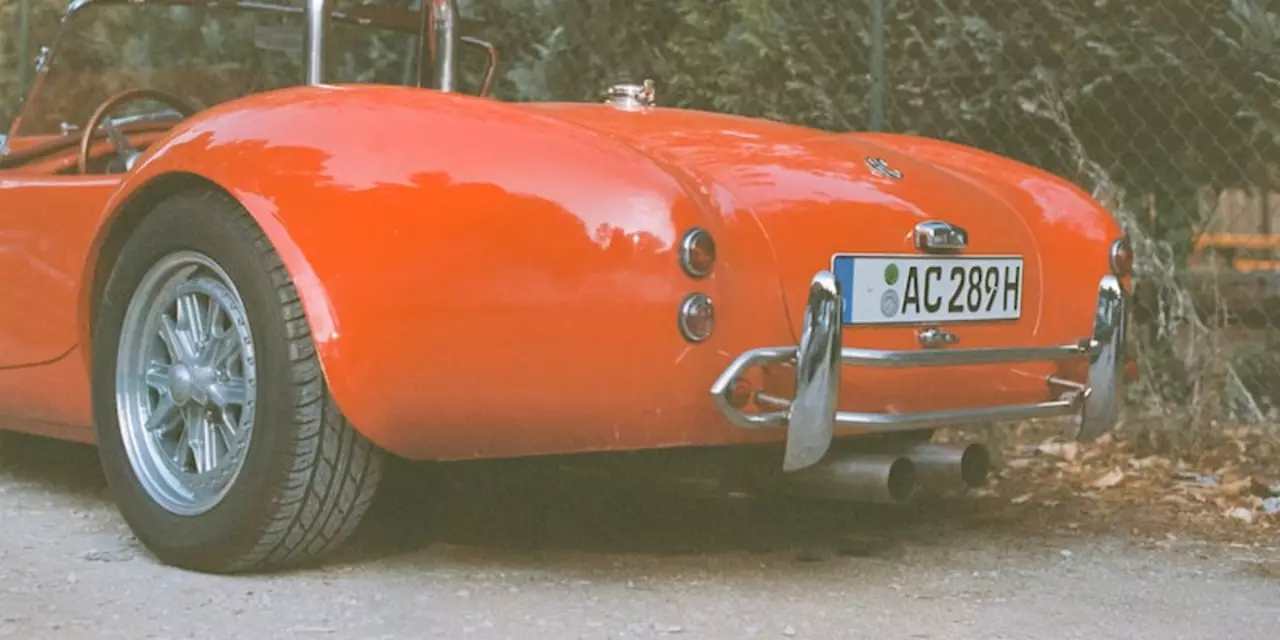Coolant Basics for Sports Cars
Coolant is the fluid that keeps your engine from overheating. In a high‑performance car, the engine works harder, so the cooling system has to be spot‑on. Think of coolant as the drink that stops your engine from getting a fever.
Most sports cars use a mixture of water and antifreeze. The antifreeze (often ethylene glycol or propylene glycol) prevents freezing in cold weather and raises the boiling point, so the fluid stays liquid under the high heat of racing‑type engines.
How to Check Your Coolant Level
Checking coolant is quick and cheap. Let the engine cool down, then pop open the radiator cap or the coolant reservoir. You’ll see a “MIN” and “MAX” line – the fluid should sit between them. If it’s low, top it up with the right mix (usually 50/50 water and antifreeze unless the manufacturer says otherwise).
Don’t just eyeball it; use a dipstick if your car has one. A healthy coolant is a clear green, pink, or orange, depending on the type. Cloudy or rusty water means it’s time for a flush.
When to Flush and Replace Coolant
Even the best coolant breaks down over time. Most manufacturers recommend a flush every 2‑4 years or every 30,000‑60,000 miles. If you notice the temperature gauge creeping up, steam from the engine, or a sweet smell, flush right away.
Flushing involves draining the old fluid, rinsing the system with distilled water, and filling it with fresh coolant. You can buy a flush kit at any auto shop, but if you’re not comfortable, a quick visit to a garage will do.
Mixing the right ratio matters. Too much water lowers the boiling point, and too much antifreeze can reduce heat transfer. A 50/50 mix works for most climates; in extreme cold, you might go 70/30 antifreeze to water.
Never pour coolant into the oil filler or fuel tank – that can damage the engine. Keep the coolant bottle sealed and away from children, as it’s toxic if swallowed.
Regularly inspect the radiator hoses for cracks or bulges. A cracked hose can leak coolant and cause a sudden overheating event, especially when you push the car hard on a track day.
Finally, remember that coolant works with the radiator, water pump, thermostat, and fans. If you have overheating problems, don’t just blame the fluid – check the whole cooling system.
Keeping coolant in good shape protects your engine, maintains performance, and saves you money on repairs. Next time you’re in the garage, give the cooling system a quick look. Your sports car will thank you with smoother power and longer life.
Why is there oil in my car's radiator?
Oil in the car's radiator is a common problem that can be caused by a few different factors. The most common cause is a leaking head gasket, which is a seal between the engine block and cylinder head that can be damaged over time. Another possible cause is a leaking oil cooler, which is a device that cools engine oil and helps keep it at a consistent temperature. Finally, an oil change that was not done properly could lead to oil entering the radiator. In any case, the presence of oil in the radiator should be addressed immediately, as it can cause damage to the cooling system and reduce the car's performance.
